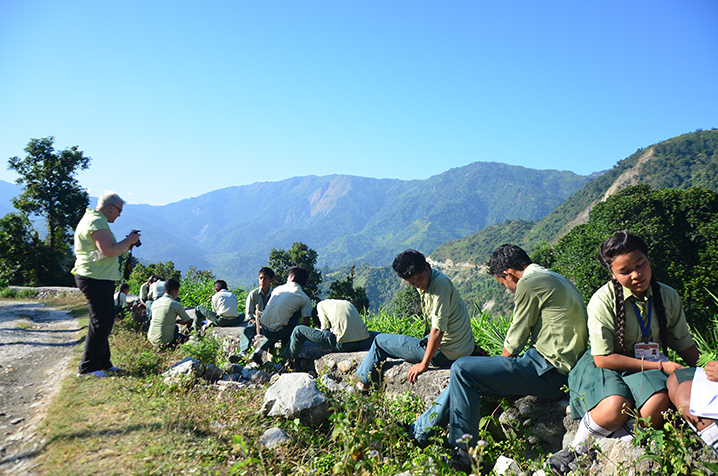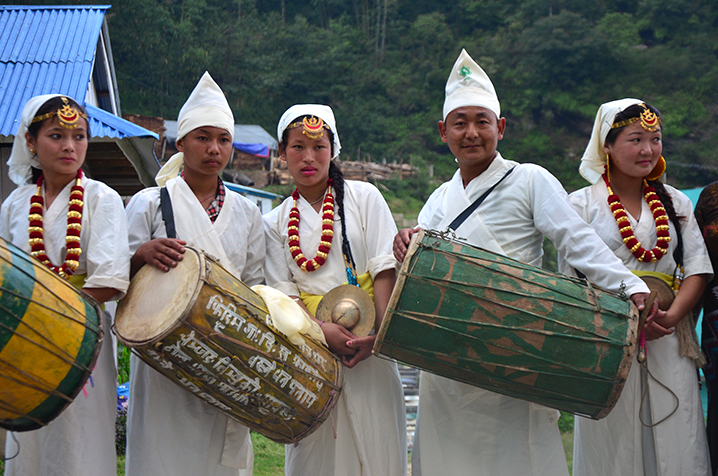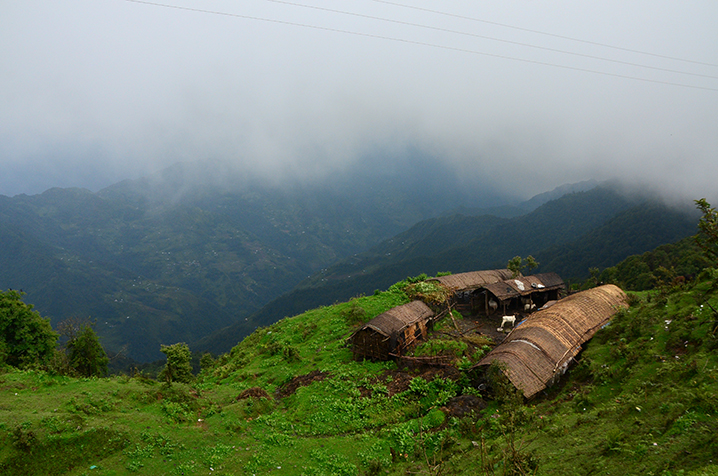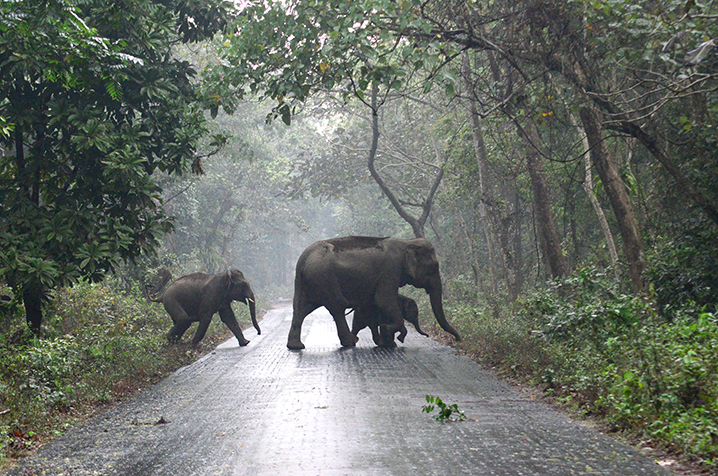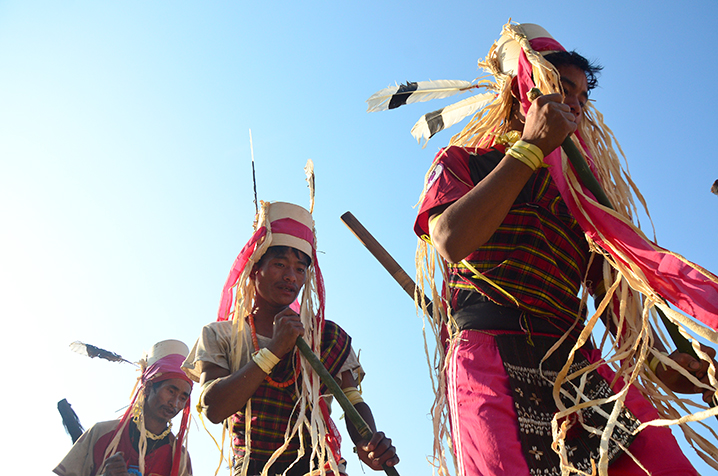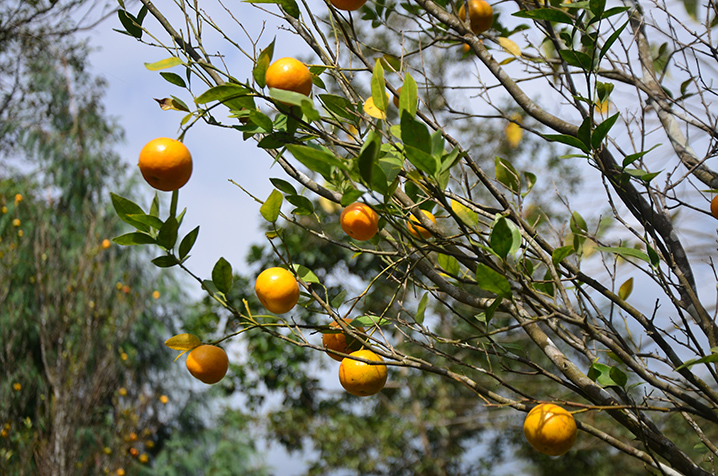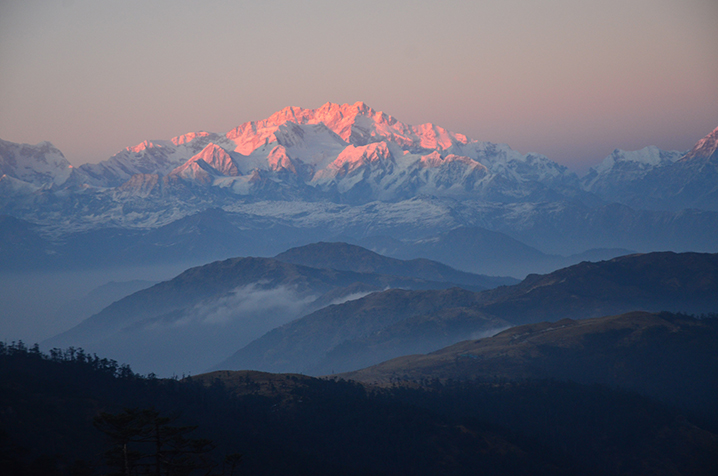Travels with us...
Enter Your Search Text :
"27 Years of weaving tourism consciousness in villages, empowering ecological pride and economical freedom"
... [+]Voluntourism : Eastern Nepal and Cross-Border Circuit
Voluntourism is one of the tool of tourism, which is mainly an initiative when both the tourism institution and tourists agrees to support the community, destination or a village with different social ... [+]Lingsey Kalimpong
Lingsey a remote village of Kalimpong Sub-Divison is situated at an altitude of 4800 ft. and is 24 km from Pedong & 52 km from Kalimpong Coordinates: 27°9\'46"N 88°40\'29"E. It is ... [+]
Sundarbans Jungle Camps
Sundarbans Tiger Reserve & Sundarban Jungle Camp :
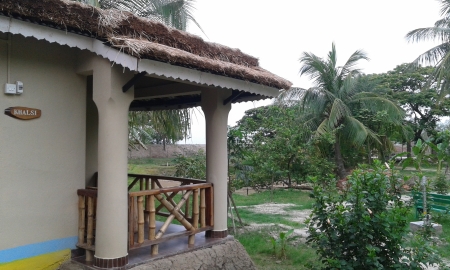
The Sundarbans National Park is a National Park, Tiger Reserve, UNESCO World Heritage Site and a Biosphere Reserve located in the Sundarbans delta in Indian state of West Bengal. This region is densely covered by mangrove forests, and is one of the largest reserves of the Bengal tiger. It is also home to a variety of bird, reptile and invertebrate species, including the salt-water crocodile. During the Mughal period (1203-1538), the local kings leased the forests of the Sundarbans out. The history of changes in legal status boasts a number of unique features including the distinction of being the first mangrove forest in the world to be brought under scientific management. The area was mapped by the Surveyor General as early as 1764 following soon after proprietary rights were obtained from the Mughal Emperor, Alamgir II, by the East India Company in 1757.
The first Forest Management Division to have jurisdiction over the Sundarbans was established in 1869. The Sundarbans was declared a reserved forest in 1875-76, under the Forest Act. The first management plan was written for the period 1893-98.In 1875 a large portion of the mangrove forests was declared as reserved forests under the Forest Act. The remaining portions of forests was declared as reserve forest the following year and the forest, which was so far was administered by the civil administration district, was placed under the control of the Forest Department.
A Forest Division, which is the basic forest management and administration unit, was created in 1879 with headquarters in Khulna (now in Bangladesh). In 1911, it was described as a tract of waste country which had never been surveyed, nor had the census been extended to it. It then stretched for about 165 miles (266 km) from the mouth of the Hugli to the mouth of the Meghna, and was bordered inland by the three settled districts of the Twenty-four Parganas, Khulna and Backergunje. The total area (including water) was estimated at 6,526 square miles (16,902 km2). The present Sundarbans National Park was declared as the core area of Sundarbans Tiger Reserve in 1973 and a wildlife sanctuary in the year 1977. On 4 May 1984 it was declared a National Park. It was inscribed on the UNESCO World Heritage list in 1987. Whole Sundarbans area was declared as Biosphere Reserve in 1989.
Camp & Infrastructure :
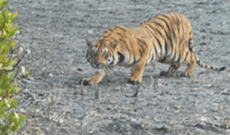 The infrastructure over here has been developed with the aim to support the local poachers turnedconservator volunteers. This is at the last forest village known as Bali next to the Bidya range office of Sunderban Tiger Reserve There are Eight ethnic cottages with modern attach bath cum toilet facilities which can easily accommodate twenty adults. Own running water facility and sweet water source. The kitchen has an adequate variety in its menu and the dining cum lounge is open to the fish pond and mangrove garden.
The infrastructure over here has been developed with the aim to support the local poachers turnedconservator volunteers. This is at the last forest village known as Bali next to the Bidya range office of Sunderban Tiger Reserve There are Eight ethnic cottages with modern attach bath cum toilet facilities which can easily accommodate twenty adults. Own running water facility and sweet water source. The kitchen has an adequate variety in its menu and the dining cum lounge is open to the fish pond and mangrove garden.
Tours :
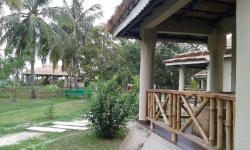
Ex-Kolkata (Calcutta) 2nights/3days, 3nights/4days, 4nights/5days trips on Jungle Plan are arranged.Package includes: Exclusive car, dedicated motorized boat, accommodation, all meals, national park cruises, naturalist & local guide, park entrance fees, village experience, country boat ride.
Interest :
Mangrove exploration, community cultures, participating in livelihood processes, birding and landscape appreciation.
Nearest Airport :
Netaji Subhas Bose International Airport, Kolkata.
Nearest Rail Head :
Howrah or Sealdah station. Both the stations are connected by long-distance trains with all metro and major cities of India
Address :
Bali Island
P.O. Balai Hatkhola
P.S. Gosaba
Dist: 24 Parganas (South)


